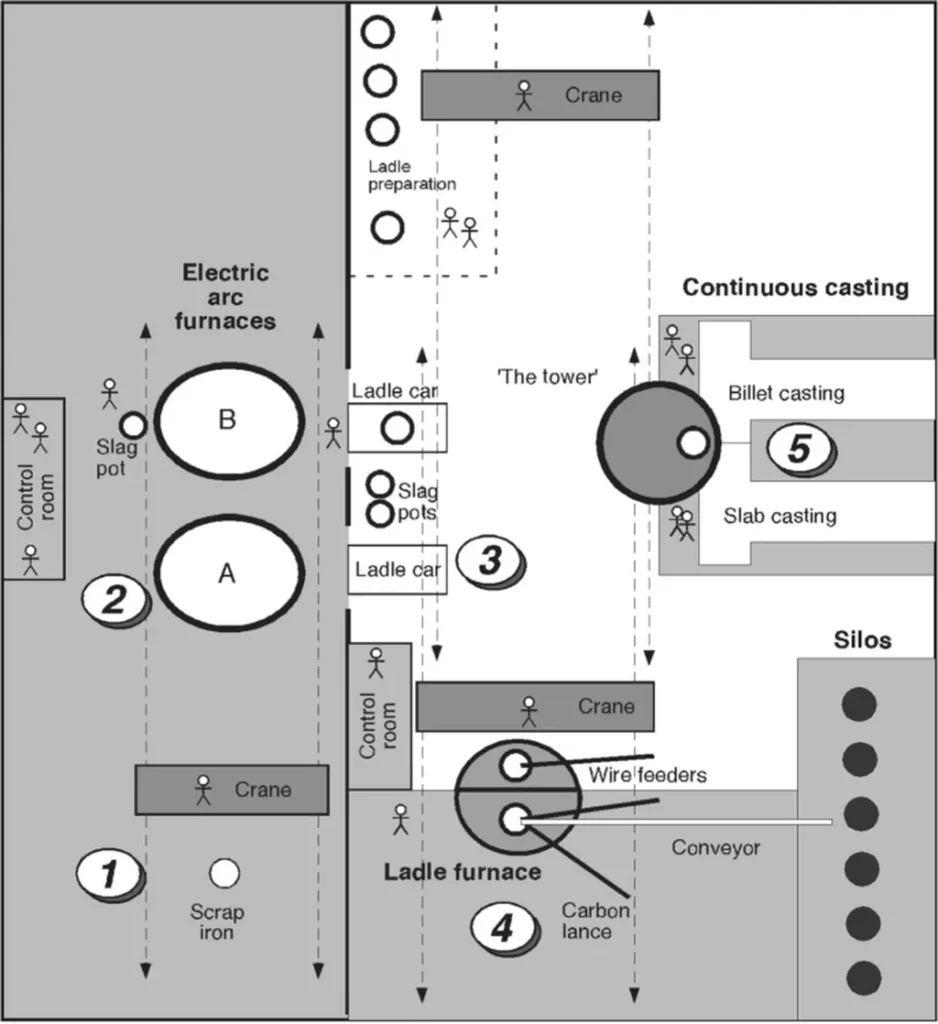In the ever-evolving world of materials science, a recent study published in the journal *Materials Research Express* has shed new light on the behavior of low-carbon manganese-silicon (Mn-Si) steels during continuous annealing. The research, led by Ivon Alanis-Fuerte from the Instituto de Investigaciones en Ciencias de la Tierra at the Universidad Michoacana de San Nicolás de Hidalgo in Mexico, delves into the non-isothermal recrystallization kinetics of these steels, offering insights that could have significant implications for the energy sector.
Recrystallization is a critical process in the production of steel, affecting its mechanical properties and overall performance. Alanis-Fuerte and his team focused on two types of low-carbon Mn-Si steels, one with higher silicon and manganese content (1.2Mn-0.7Si steel) and the other with lower (0.4Mn-0.1Si steel). They discovered that the steel with higher alloying elements exhibited a delayed recrystallization process compared to its lower-alloyed counterpart. This delay, attributed to the solute drag effect, could influence the design and production of steels tailored for specific applications.
“The solute drag effect essentially slows down the movement of grain boundaries, which in turn delays the recrystallization process,” explained Alanis-Fuerte. “This finding is crucial for understanding how different alloying elements affect the microstructural evolution of steels during annealing.”
The researchers employed a modular kinetic model to determine the kinetic parameters and adjust the degree of recrystallization under non-isothermal conditions. They found that the activation energy for recrystallization was slightly higher in the 1.2Mn-0.7Si steel (363 kJ mol^-1) compared to the 0.4Mn-0.1Si steel (356 kJ mol^-1). Both steels exhibited a growth exponent less than one, indicating a diffusion-controlled growth rate.
One of the most compelling aspects of this research is its potential impact on the energy sector. Steels with tailored recrystallization behaviors could lead to more efficient and cost-effective production processes, ultimately benefiting industries that rely on high-performance steels for energy generation and transmission.
“Understanding the recrystallization kinetics of these steels can help us optimize their properties for specific applications,” said Alanis-Fuerte. “This could lead to significant advancements in the energy sector, where high-performance materials are in high demand.”
The study also highlighted the importance of considering the effects of austenite formation on recrystallization kinetics, particularly at elevated heating rates. While the model predictions provided valuable insights, the researchers cautioned against applying the model at higher heating rates without accounting for these effects.
As the energy sector continues to evolve, the demand for advanced materials with tailored properties is expected to grow. This research not only contributes to our understanding of the recrystallization process in low-carbon Mn-Si steels but also paves the way for future developments in materials science and engineering. With further research and development, the insights gained from this study could lead to innovative solutions that drive progress in the energy sector and beyond.

